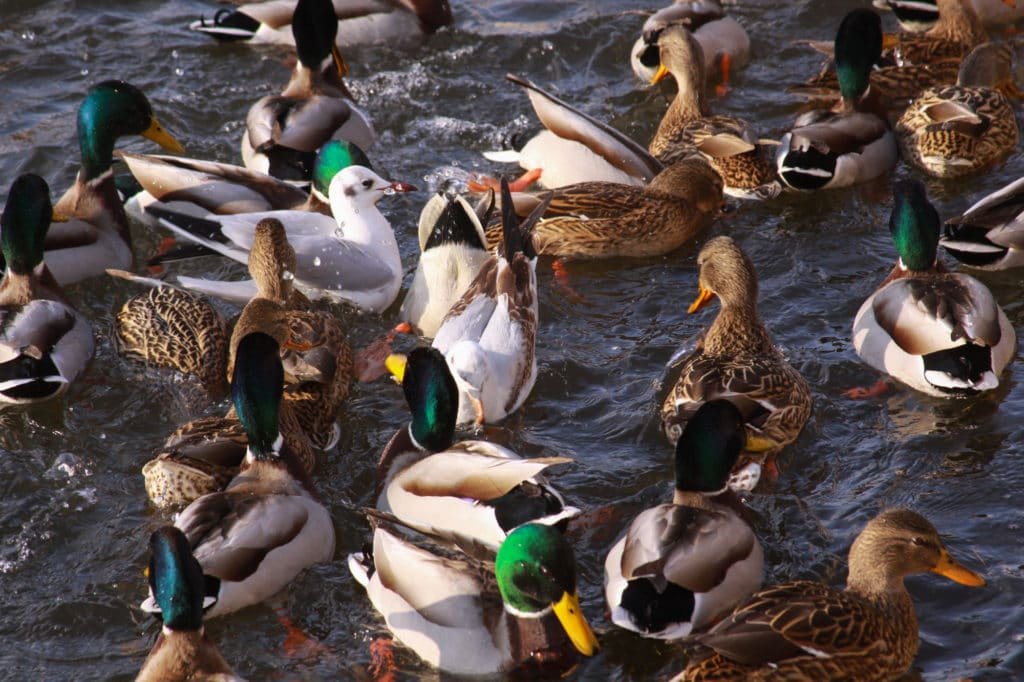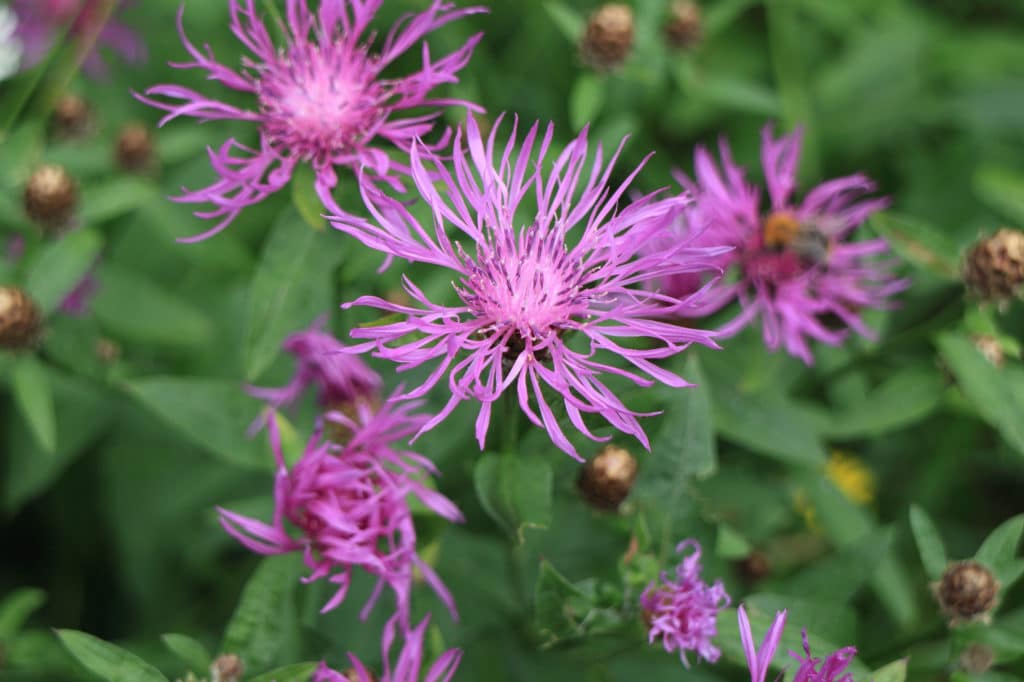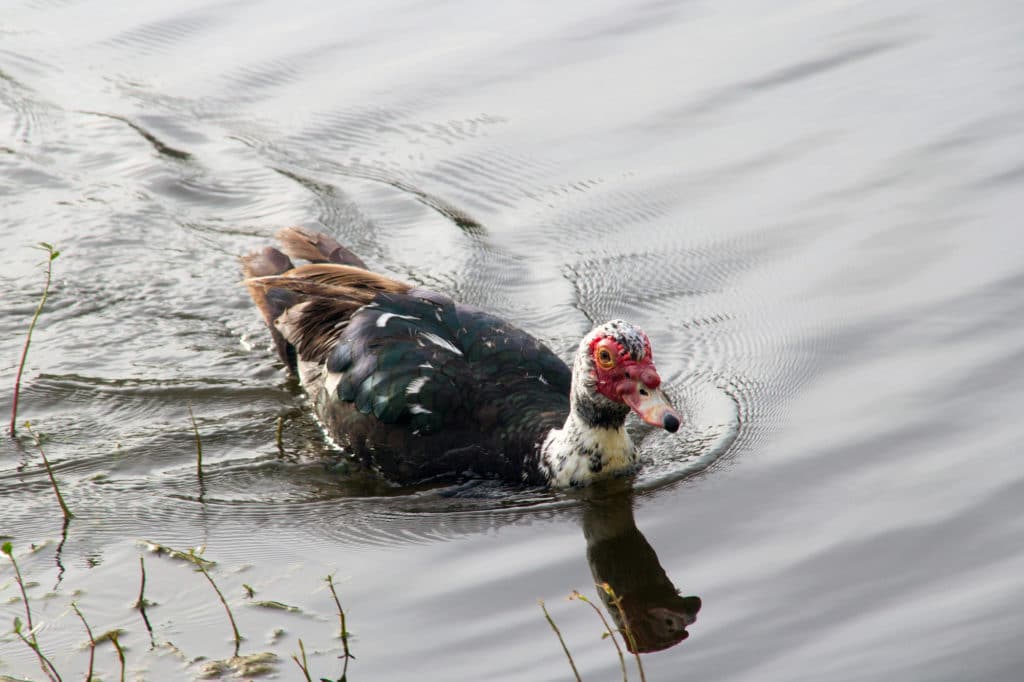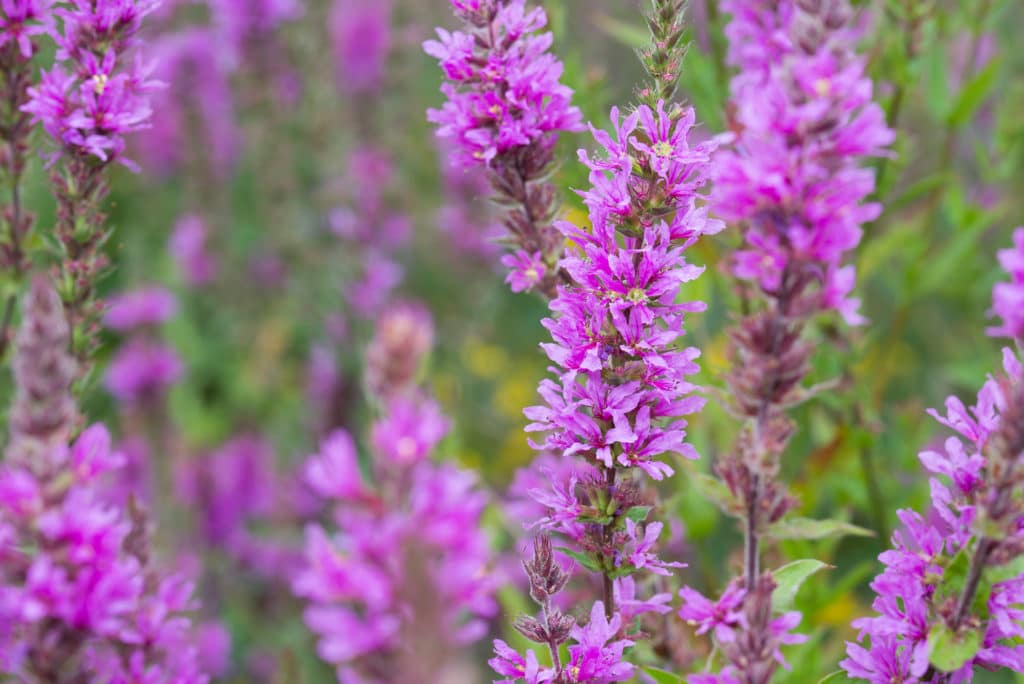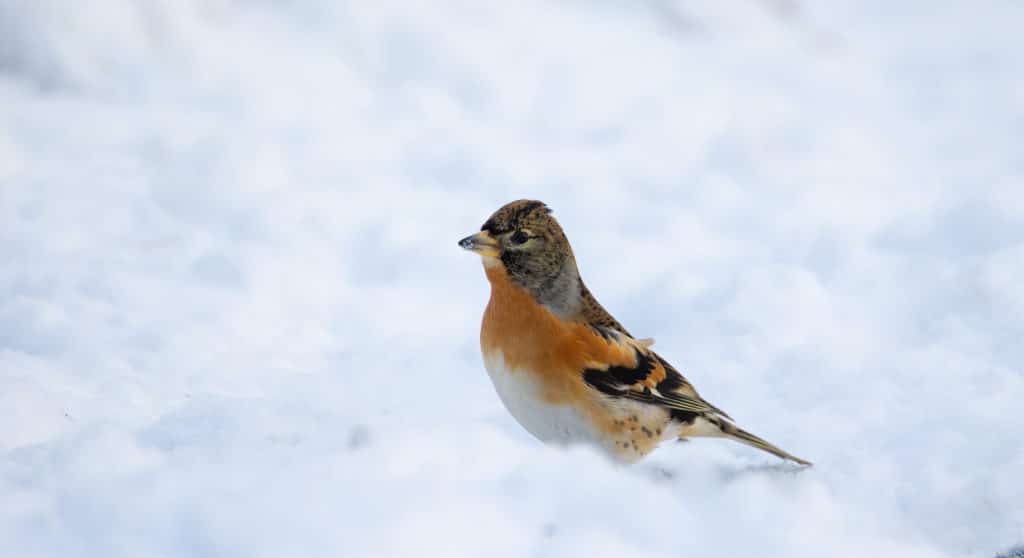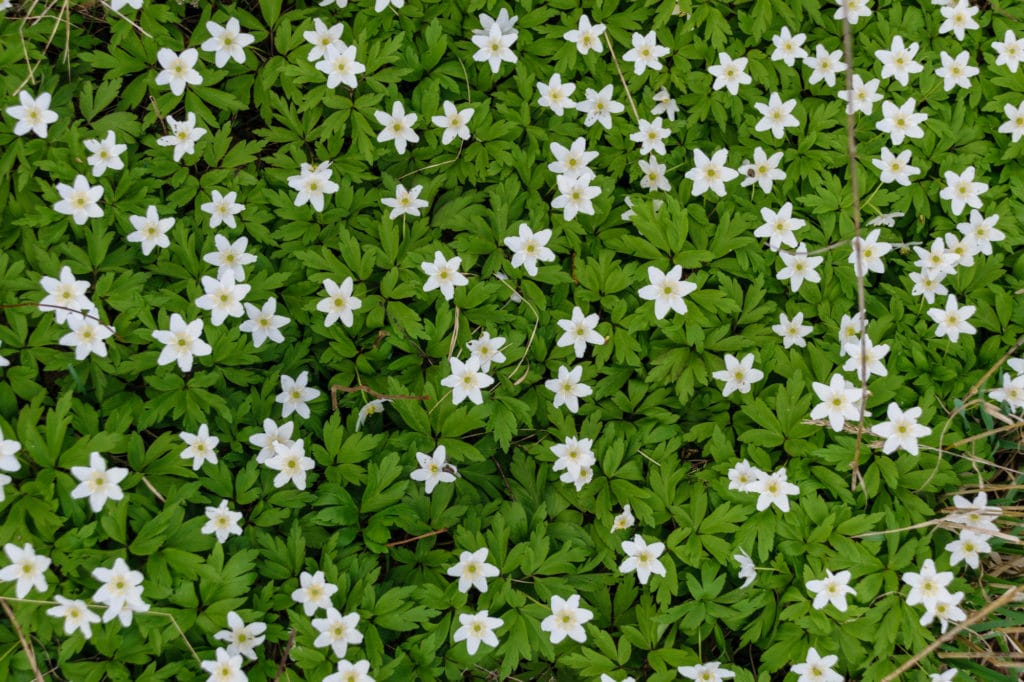What Do Ducks Eat? What You Can and Can’t Feed Ducks
Ducks spend a lot of their time eating, in fact, as much as two to four hours a day. This can add up to about eighty hours a month just eating. In the wild, ducks eat for between one-third and one-half of their lives. In captivity, however, our feathered friends have been known to eat […]
What Do Ducks Eat? What You Can and Can’t Feed Ducks Read More »

